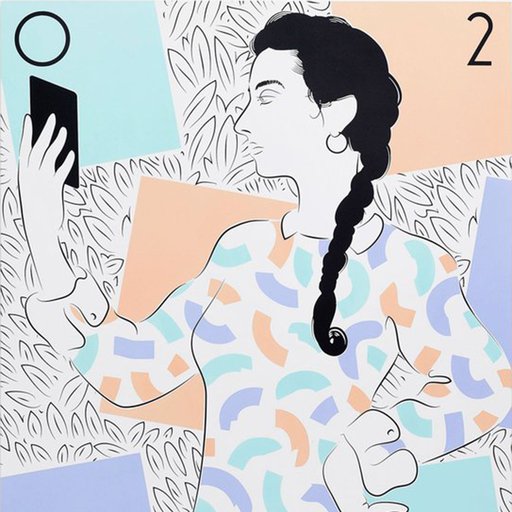Roy DeCarava
Having begun his career during the Civil Rights Movement, Roy DeCarava is renowned for smokey and shadowy black and white photographs that capture scenes from his Harlem neighborhood–its ordinary people to jazz legends such as Billie Holiday and John Coltrane. He is regarded as the founder of a school of African-American photography that broke with the social documentary traditions of his time. Unlike his documentary predecessors he was not an outsider who wished to make a sociological statement. His goal, he explained, was “a creative expression, the kind of penetrating insight and understanding of Negroes which I believe only a Negro photographer can interpret.
Trained as a painter and printmaker, DeCarava was dedicated to the aesthetic concerns of line, tone, and depth. Avoiding flash whenever possible, his pictures explored the nuances of shadow perhaps more than any other photographer of his day. One of his most famous photographs, Graduation (1949), is an image of a young woman in a white gown standing alone in a shaft of sunlight, surrounded by a garbage-strewn street enveloped in shadows. The stark contrast of black and white and the rigid shadow lines formally echo a society divided.
In 1952 Roy DeCarava became the …
Having begun his career during the Civil Rights Movement, Roy DeCarava is renowned for smokey and shadowy black and white photographs that capture scenes from his Harlem neighborhood–its ordinary people to jazz legends such as Billie Holiday and John Coltrane. He is regarded as the founder of a school of African-American photography that broke with the social documentary traditions of his time. Unlike his documentary predecessors he was not an outsider who wished to make a sociological statement. His goal, he explained, was “a creative expression, the kind of penetrating insight and understanding of Negroes which I believe only a Negro photographer can interpret.
Trained as a painter and printmaker, DeCarava was dedicated to the aesthetic concerns of line, tone, and depth. Avoiding flash whenever possible, his pictures explored the nuances of shadow perhaps more than any other photographer of his day. One of his most famous photographs, Graduation (1949), is an image of a young woman in a white gown standing alone in a shaft of sunlight, surrounded by a garbage-strewn street enveloped in shadows. The stark contrast of black and white and the rigid shadow lines formally echo a society divided.
In 1952 Roy DeCarava became the first black photographer to win the Guggenheim Fellowship. Three years later, Edward Steichen included DeCarava’s work in the landmark “Family of Man” exhibition at the Museum of Modern Art. That year DeCarava also published “The Sweet Flypaper of Life," a best-selling book that pairs his photographs with Langston Hughes’ prose poetry to weave a fictional story of Harlem life told by a grandmother named Sister Mary Bradley. His first major solo museum exhibition came in 1969 at the Studio Museum in Harlem and in 1996 the Museum of Modern Art exhibited a major retrospective of his work. In 2006, DeCarava was awarded the National Medal of Arts in testament to his hugely influential sixty year career that has paved the way for the next generation of photographers like Beuford Smith and Carrie Mae Weems.






